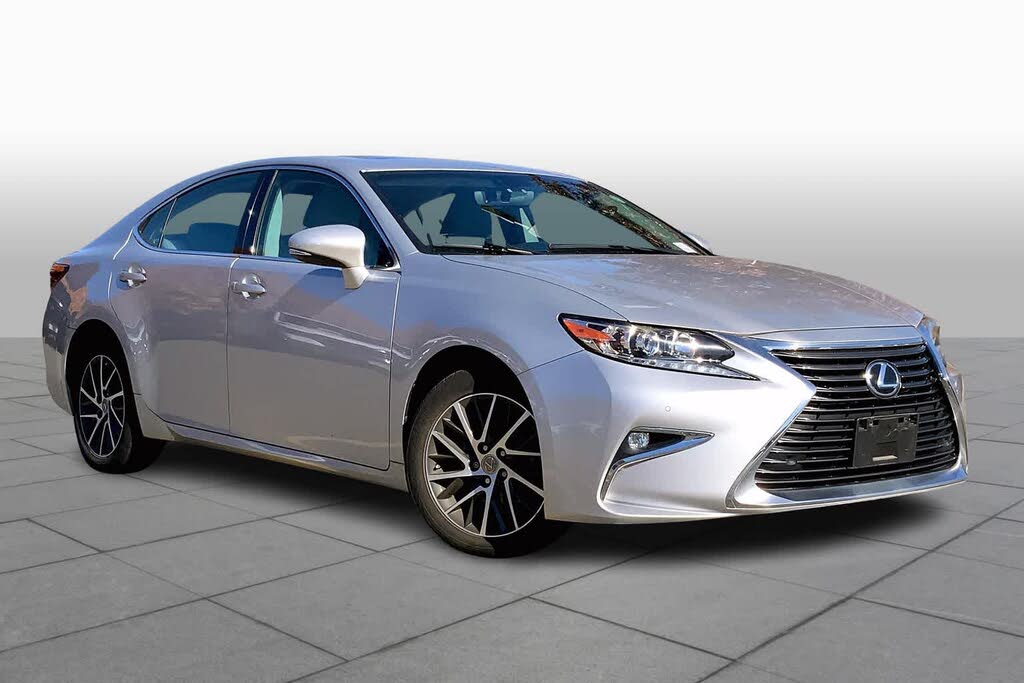American Auto Employment: Which Car Brands Employ the Most U.S. Workers?
The U.S. automotive industry employs over 770,000 workers in manufacturing alone, with Detroit automakers (GM, Ford, Stellantis) accounting for nearly 70% of direct employment. While foreign automakers have increased their U.S. presence, domestic manufacturers still support 2.5 times more American jobs than their Japanese counterparts combined.
The State of U.S. Automotive Employment
The American automotive sector remains a powerhouse of domestic employment, though its footprint has evolved significantly in recent decades. According to seasonally adjusted Bureau of Labor Statistics data:
- Current U.S. auto manufacturing employment: ~770,000 workers
- Post-recession low (2009): Below 625,000 workers
- Pre-recession peak: Over 1 million workers
When considering the entire automotive ecosystem—including dealerships, suppliers, and related services—the employment impact grows substantially. New and used car dealers alone employ approximately 1.1 million Americans, with relatively stable figures maintaining between 1 million and 1.25 million over the past decade.
Detroit Three vs. Foreign Automakers: The Employment Divide
Examining direct employment (excluding dealerships and multi-brand suppliers) reveals the Detroit Three's significant lead:
| Automaker | U.S. Employees | Key Operations |
|---|---|---|
| General Motors | 77,000 | Assembly plants, R&D centers, headquarters |
| Ford | ~65,000 | Manufacturing facilities, engineering centers |
| Stellantis (Chrysler) | 39,200 | Production plants, technical centers |
| Detroit Three Total | ~181,000 | |
| Toyota | 30,000+ | 10 manufacturing plants, 5 R&D centers |
| Honda | 26,000+ | 7 production facilities, R&D operations |
| Nissan | 10,380 | Manufacturing plants, technical center |
| Japanese Three Total | ~67,000 |
Geographic Concentration of Auto Jobs
Michigan remains the epicenter of American automotive employment with 136,400 workers, largely due to its 38 light-duty assembly plants connected to Detroit automakers. Other significant states include:
- Ohio: 75,900 auto workers (14 Detroit Three plants + 4 Honda facilities)
- Indiana: Major GM, Subaru, and Honda operations
- Kentucky: Significant Ford and Toyota presence
- --TOP ADVERTISEMENT HERE--
The Productivity Paradox: Fewer Workers, More Output
While Detroit automakers employ more workers overall, they've achieved remarkable productivity gains:
Detroit Three automakers now produce vehicles with 30% fewer workers than pre-recession levels while maintaining similar output volumes, according to the Center for Automotive Research.
This efficiency stems from several factors:
- Advanced manufacturing technologies and automation
- Streamlined production processes
- Strategic workforce restructuring
Kristin Dziczek of CAR notes: "The Detroit Three have two-thirds of the assembly plants they operated five years ago, but productivity gains have been dramatic. Their reinvestment has pushed output to very high levels."
Foreign Automakers: Steady Growth in U.S. Investment
While trailing in employment numbers, international automakers have made significant commitments to American manufacturing:
- Toyota operates 10 U.S. manufacturing plants and has invested over $28 billion in its American operations
- Honda's U.S. employment has remained stable at 25,000-26,000 for two decades
- Hyundai-Kia has rapidly expanded with 7,800 U.S. employees and growing
Global Automakers, representing foreign brands, reports its members invested $40.2 billion in the U.S. and produced 34% of all vehicles built domestically.
R&D and Design Contributions
Beyond manufacturing, foreign automakers have established substantial U.S. engineering and design presences:
- Toyota's five U.S. R&D centers employ thousands of engineers
- Honda's Ohio R&D center is its largest outside Japan
- Nissan's U.S. design centers developed popular models like the Altima and Frontier
The Future of American Auto Employment
Industry analysts project continued growth with several key trends:
- Electric vehicle transition: Creating new manufacturing jobs while potentially displacing traditional powertrain positions
- Reshoring initiatives: Bringing supply chain operations closer to assembly plants
- Technology investments: Increasing demand for software engineers and battery specialists
-
Employment Growth Projections
While foreign automakers continue expanding (Toyota added 2,000 Mississippi jobs for Corolla production), analysts don't foresee them catching Detroit automakers in total employment:
"I don't see the overall gap closing radically in five years," says CAR's Dziczek. "There's not much talk about new foreign-owned capacity opening."
The Detroit Three are projected to employ nearly 200,000 Americans—a 20,000 increase from previous years—while maintaining productivity advantages.
What This Means for Car Buyers
While employment figures represent one aspect of "American-made" vehicles, consumers should consider:
- Final assembly location (many foreign-brand models are built in the U.S.)
- Domestic parts content percentage
- Corporate headquarters location
- Research and development investment
- --SECOND CONTENT ADVERTISEMENT HERE--
The MotorVero American-Made Index evaluates vehicles across these factors to help buyers make informed decisions supporting U.S. workers.












